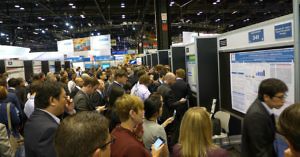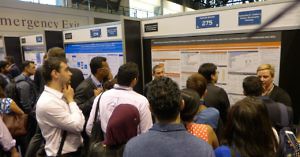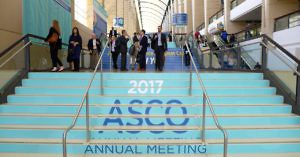Immunotherapy Possibilities in Pancreatic Cancer
Pancreatic adenocarcinoma is a tough disease to deal with given that it is portends poor clinical outcomes, aggressive tumour biology, and early metastatic spread. Not surprisingly, we have seen very little improvements in terms of clinical outcomes with anti-cancer therapeutics. Surgery (for early stage disease) and intense chemotherapy (for metastatic disease) remain the bedrocks of treatment to this day.
From an immunotherapy perspective, there are also additional barriers and hurdles to overcome including, for example, lack of high mutational load, a complex inhibitory tumour microenvironment, and even a physical barrier in the form of the stromal layer.
Not surprisingly, all of these factors combine to make companies reluctant to rush into clinical trials with immune checkpoint blockade, accepting that we really need to understand the underlying tumour biology better before attempting such an endeavour.
 At a recent cancer conference we heard an uplifting talk from a research group who are attempting to tackle this issue and offer some pointers on where there may be some near-term opportunities that are worthy of discussion.
At a recent cancer conference we heard an uplifting talk from a research group who are attempting to tackle this issue and offer some pointers on where there may be some near-term opportunities that are worthy of discussion.
Before we can even consider what delivery system or adjuvant to use, we first have to do the scientific investigations into what’s special about exceptional responders and characterize those.
To learn more about these insights, subscribers can log-in or you can click to gain access to BSB Premium Content.
This content is restricted to subscribers

 Recently there has been a glut of encouraging new research published on the topic of breast cancer that is well worth perusing as a group, since new combination studies may emerge from these kind of data.
Recently there has been a glut of encouraging new research published on the topic of breast cancer that is well worth perusing as a group, since new combination studies may emerge from these kind of data.





 Tuesday at AACR17 was a day when the Corvus Pharmaceuticals stock dropped 50% following presentation of preliminary clinical data for their A2A receptor antagonist CPI-444.
Tuesday at AACR17 was a day when the Corvus Pharmaceuticals stock dropped 50% following presentation of preliminary clinical data for their A2A receptor antagonist CPI-444.